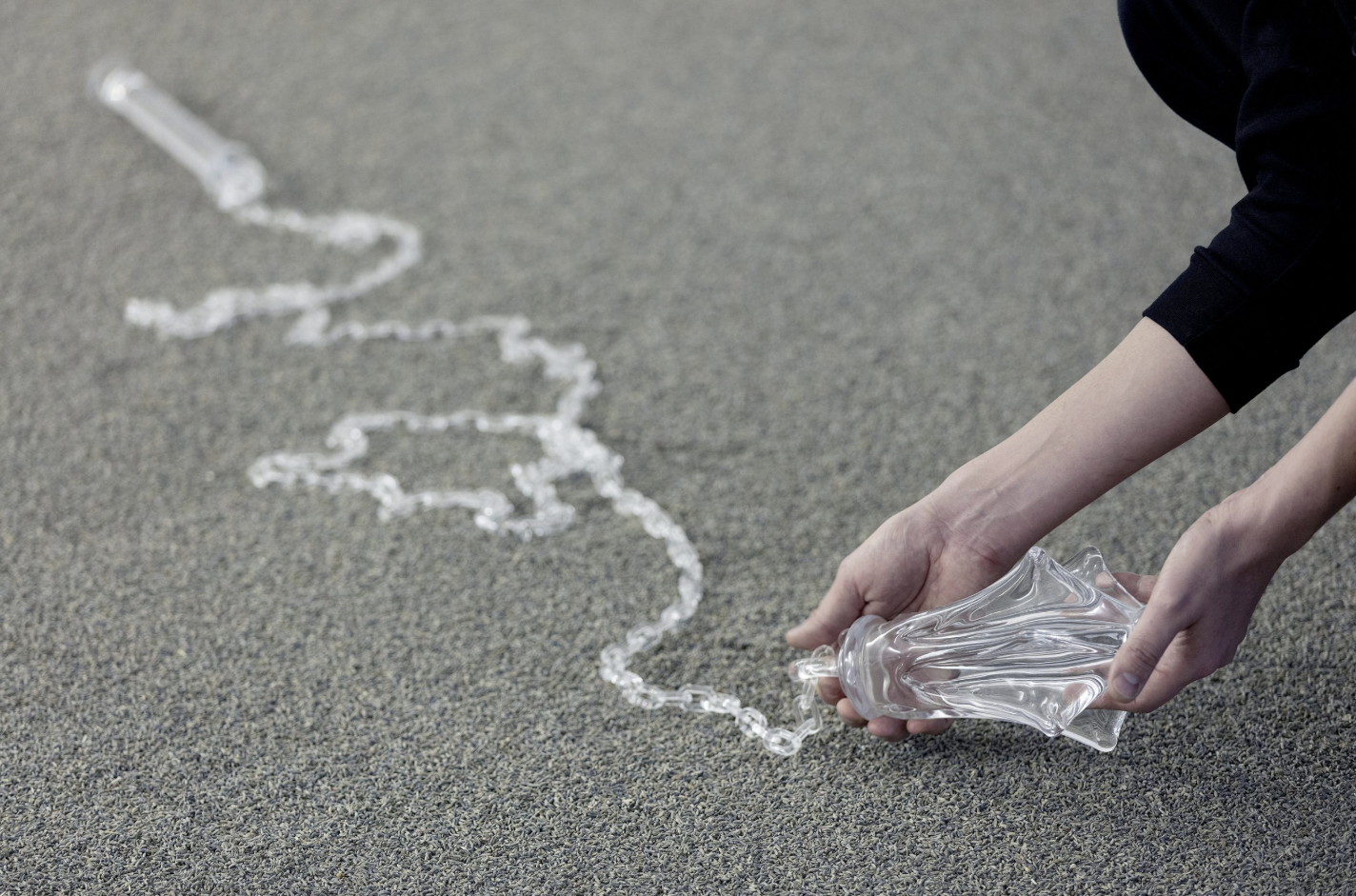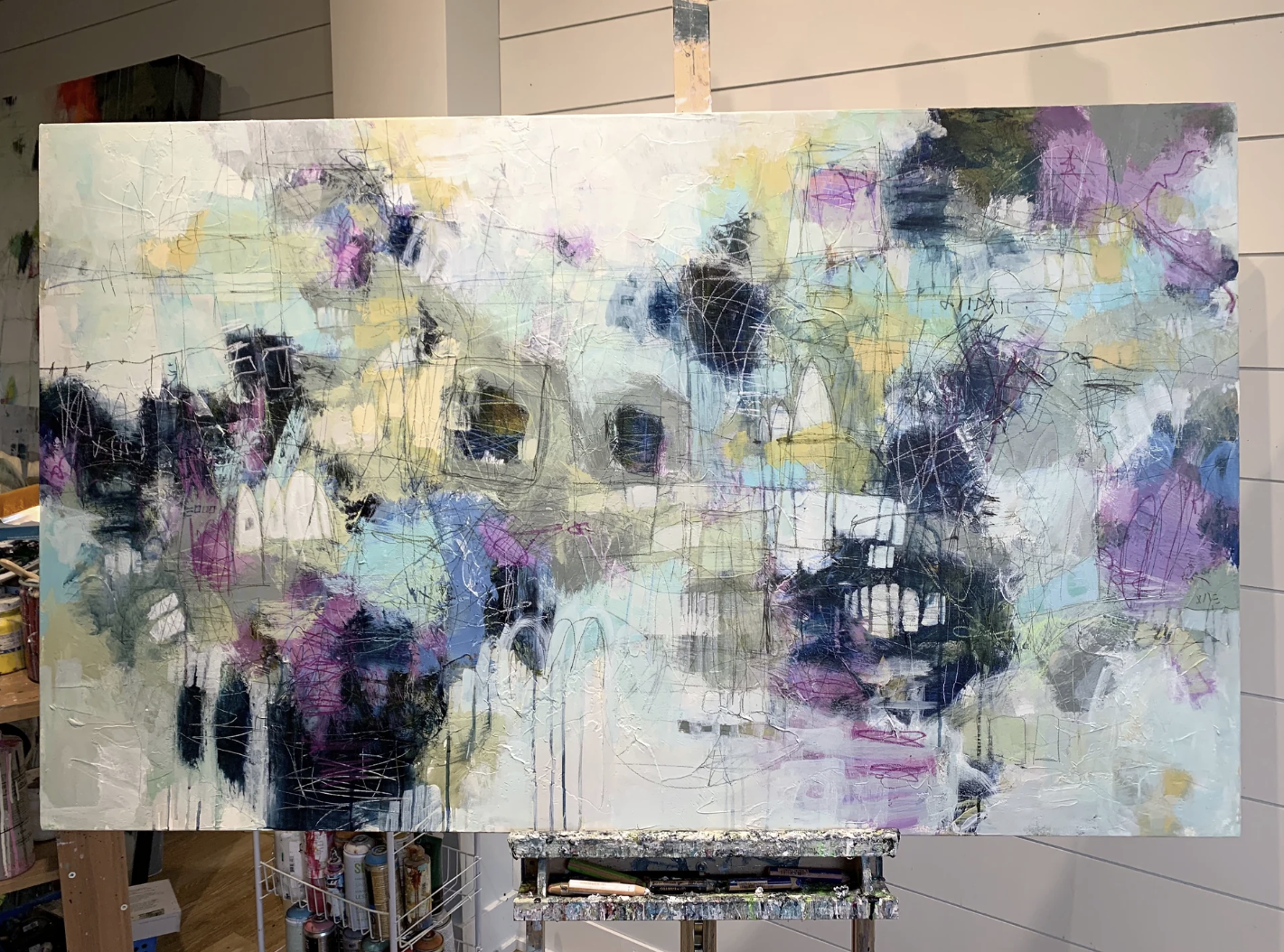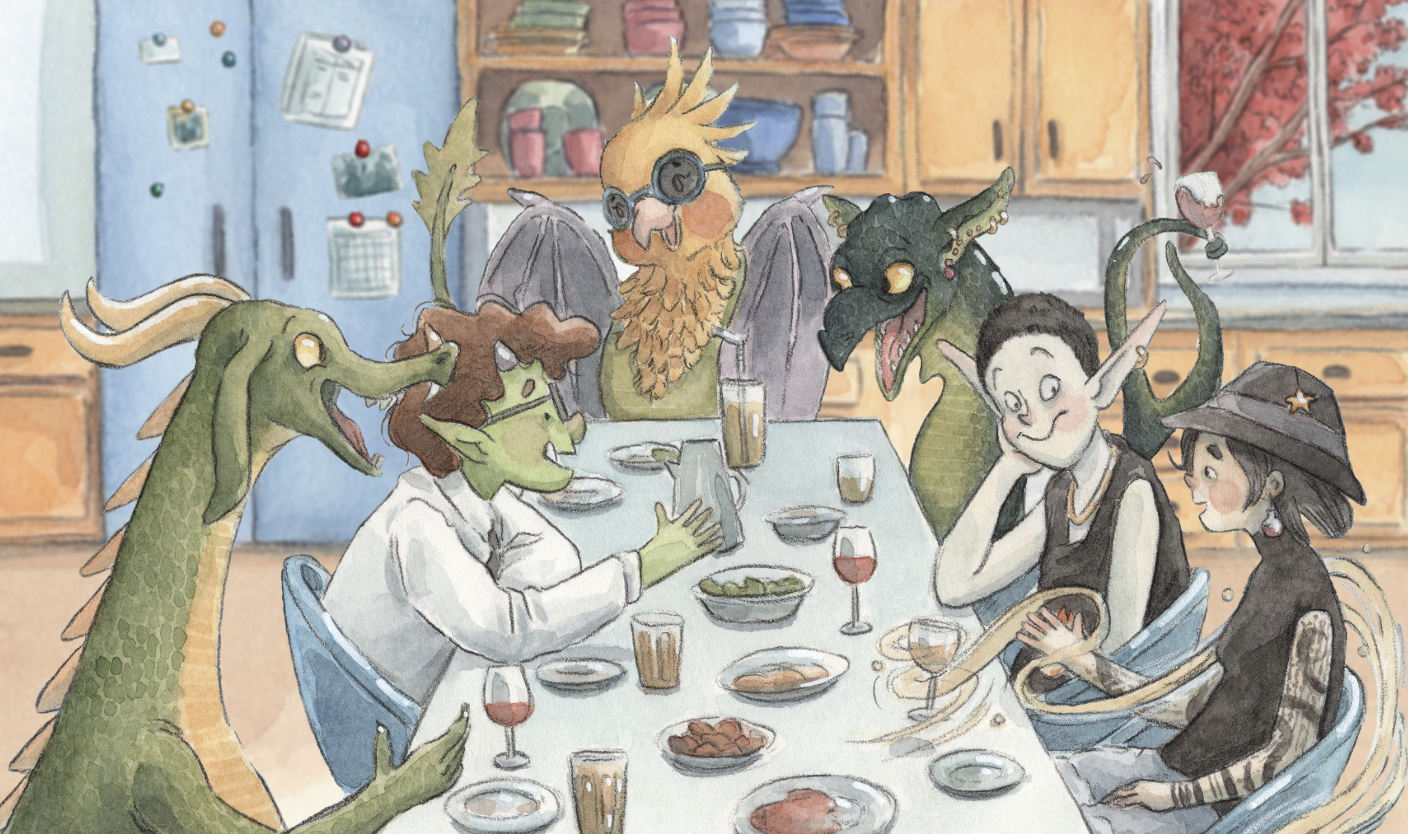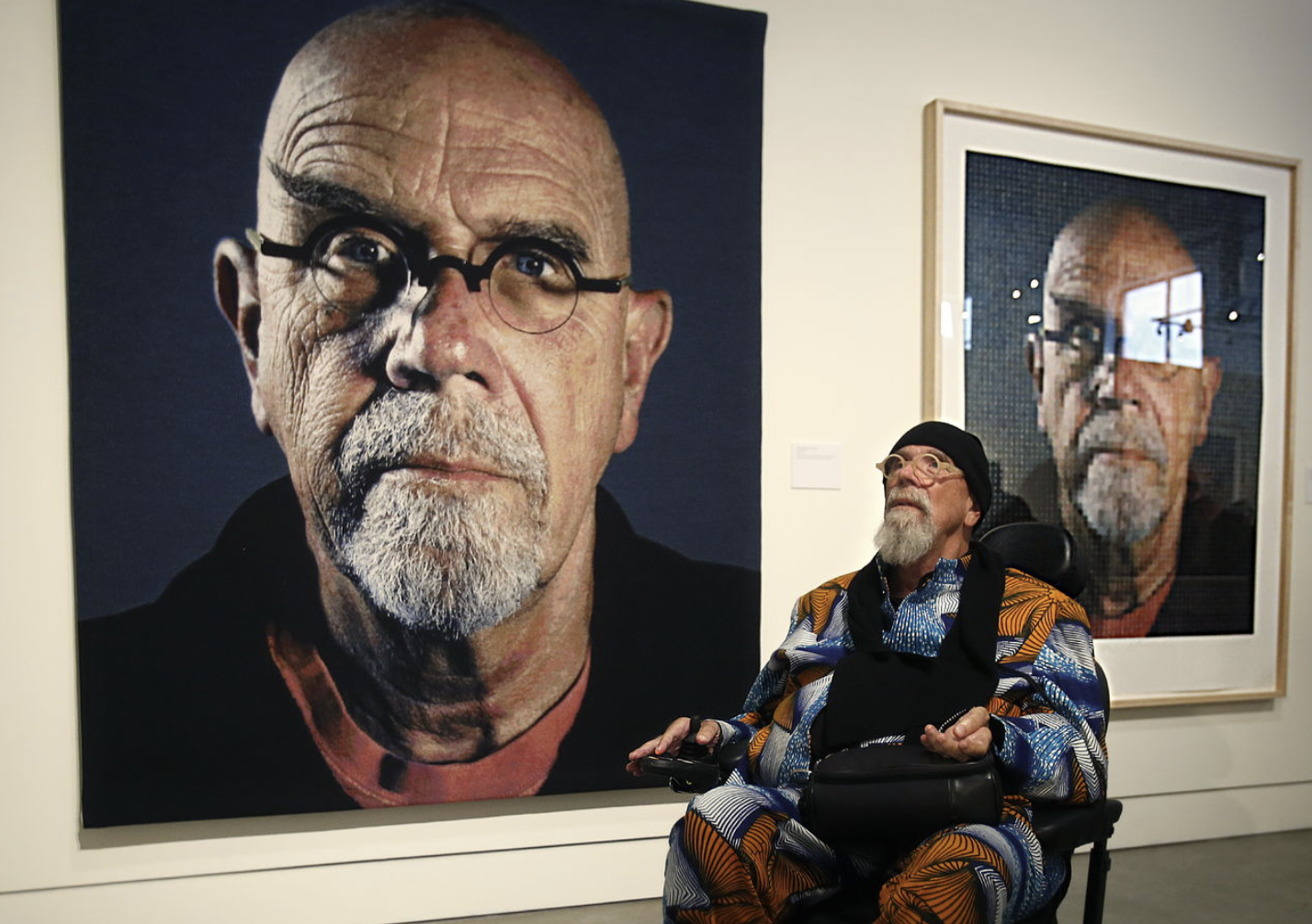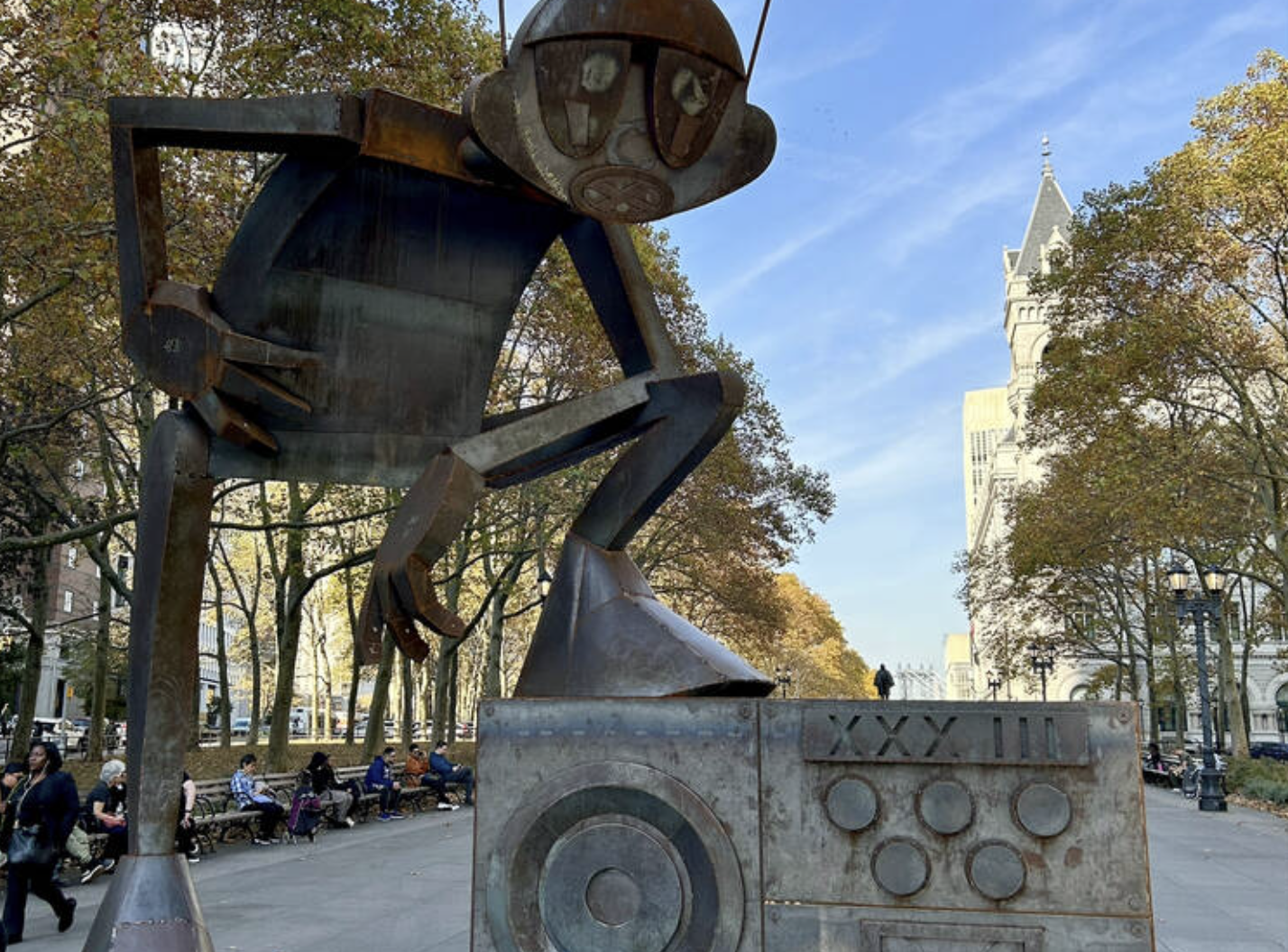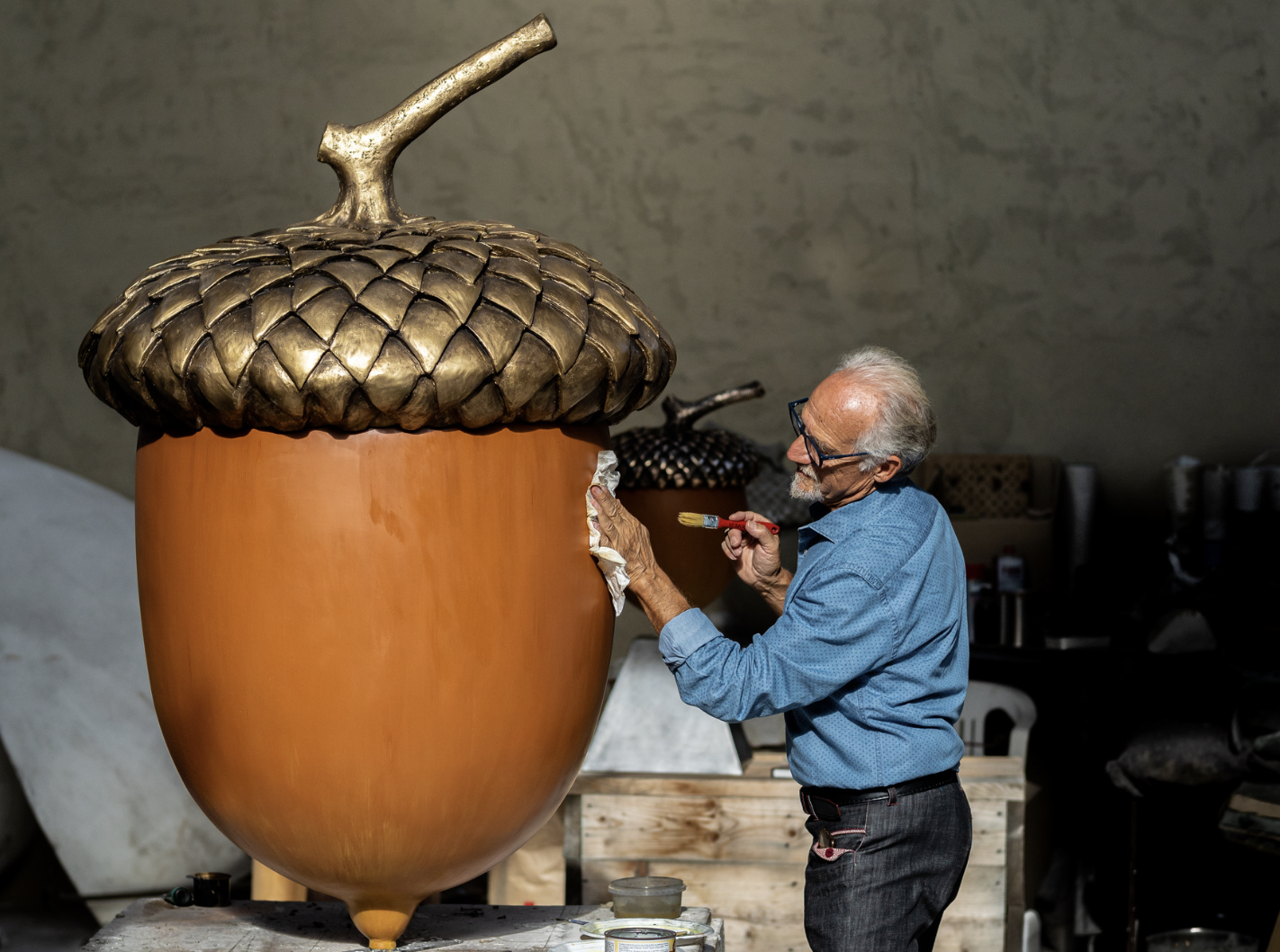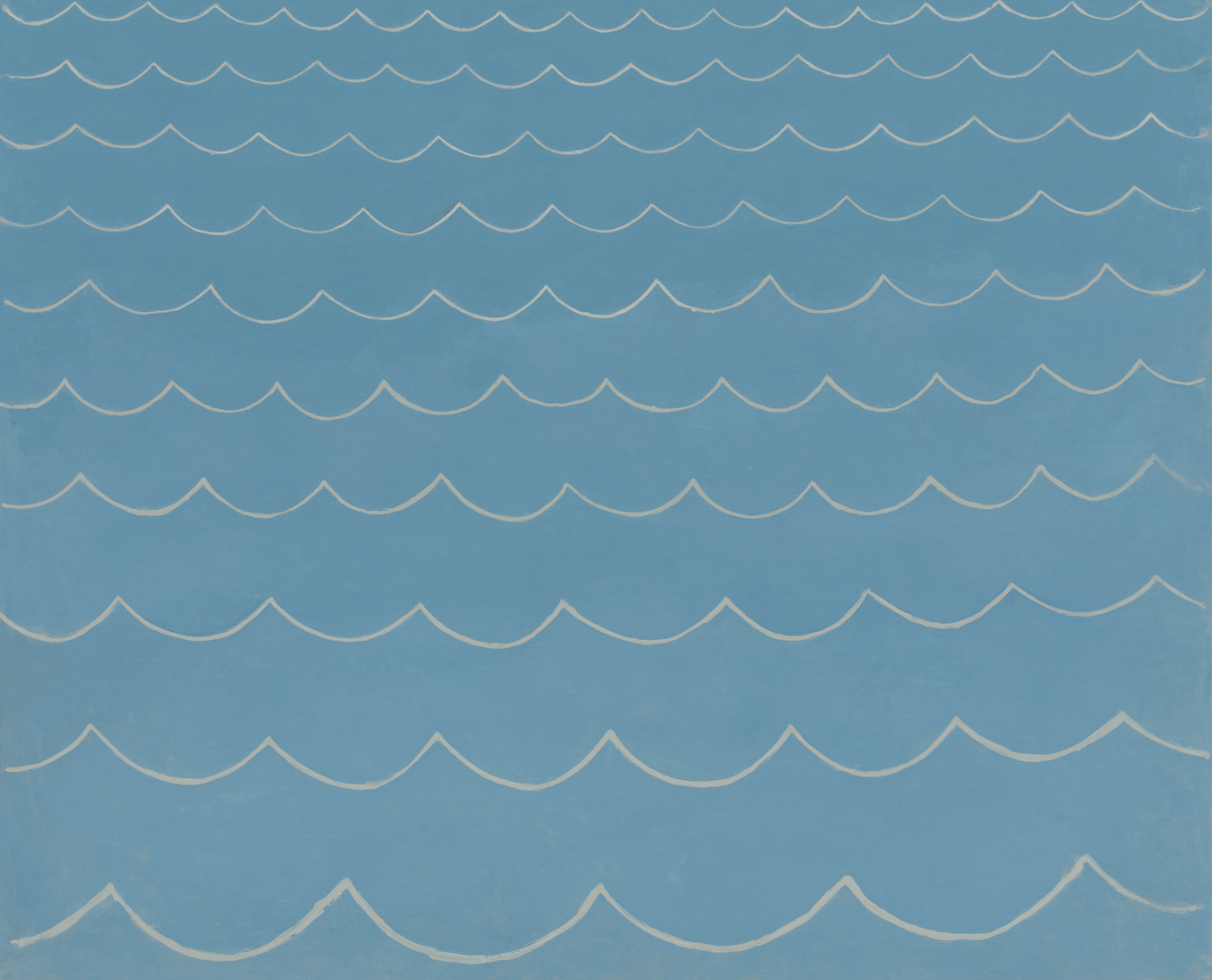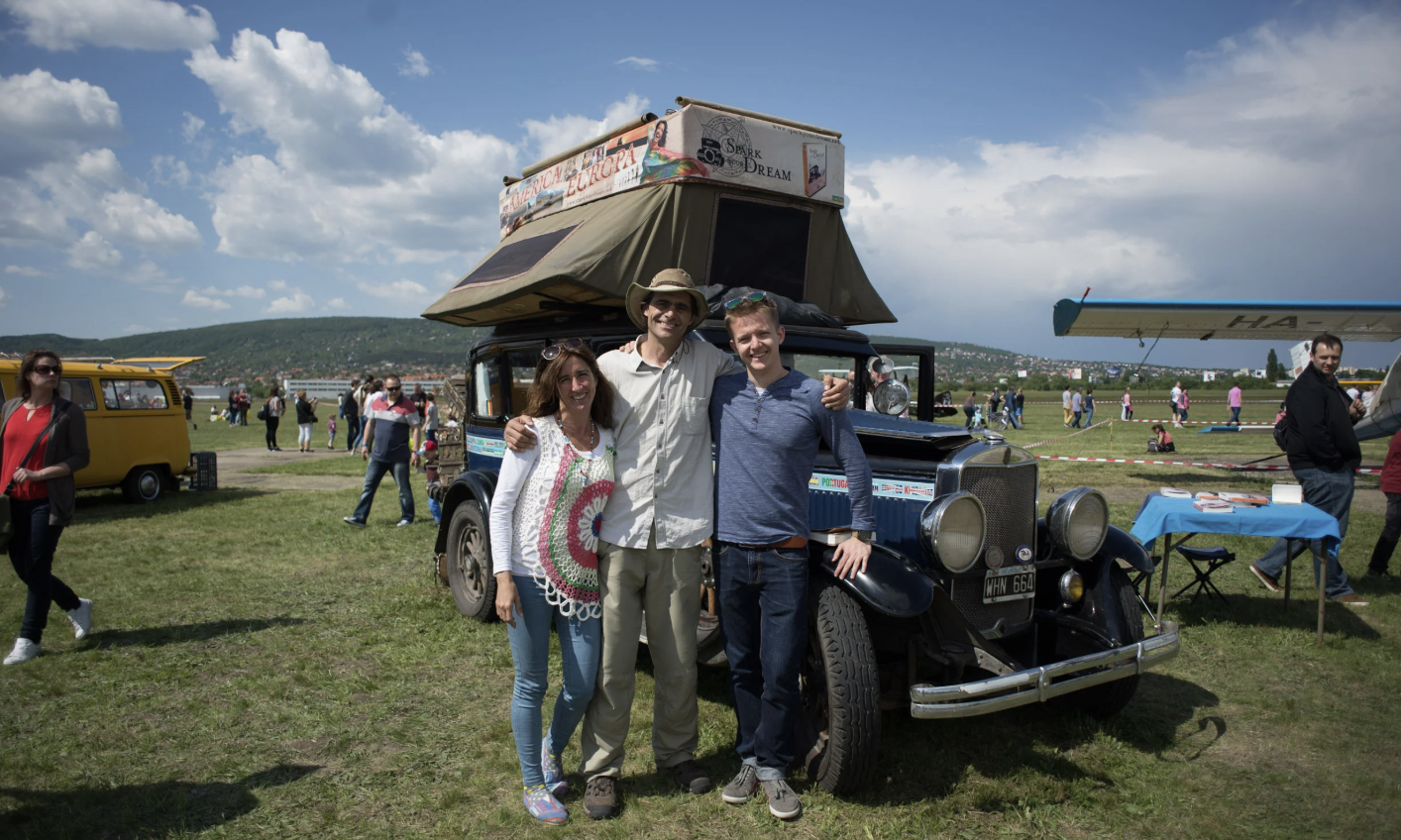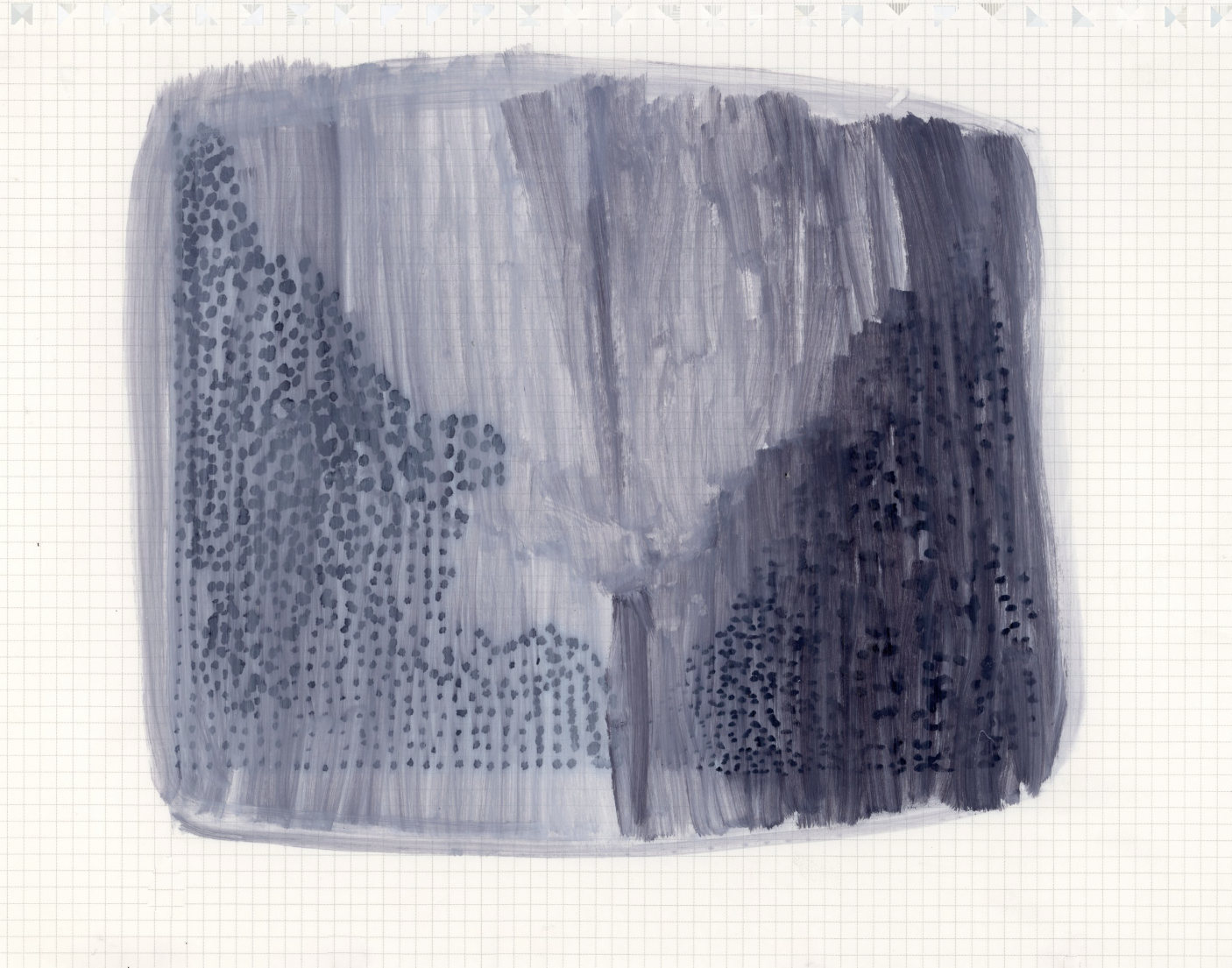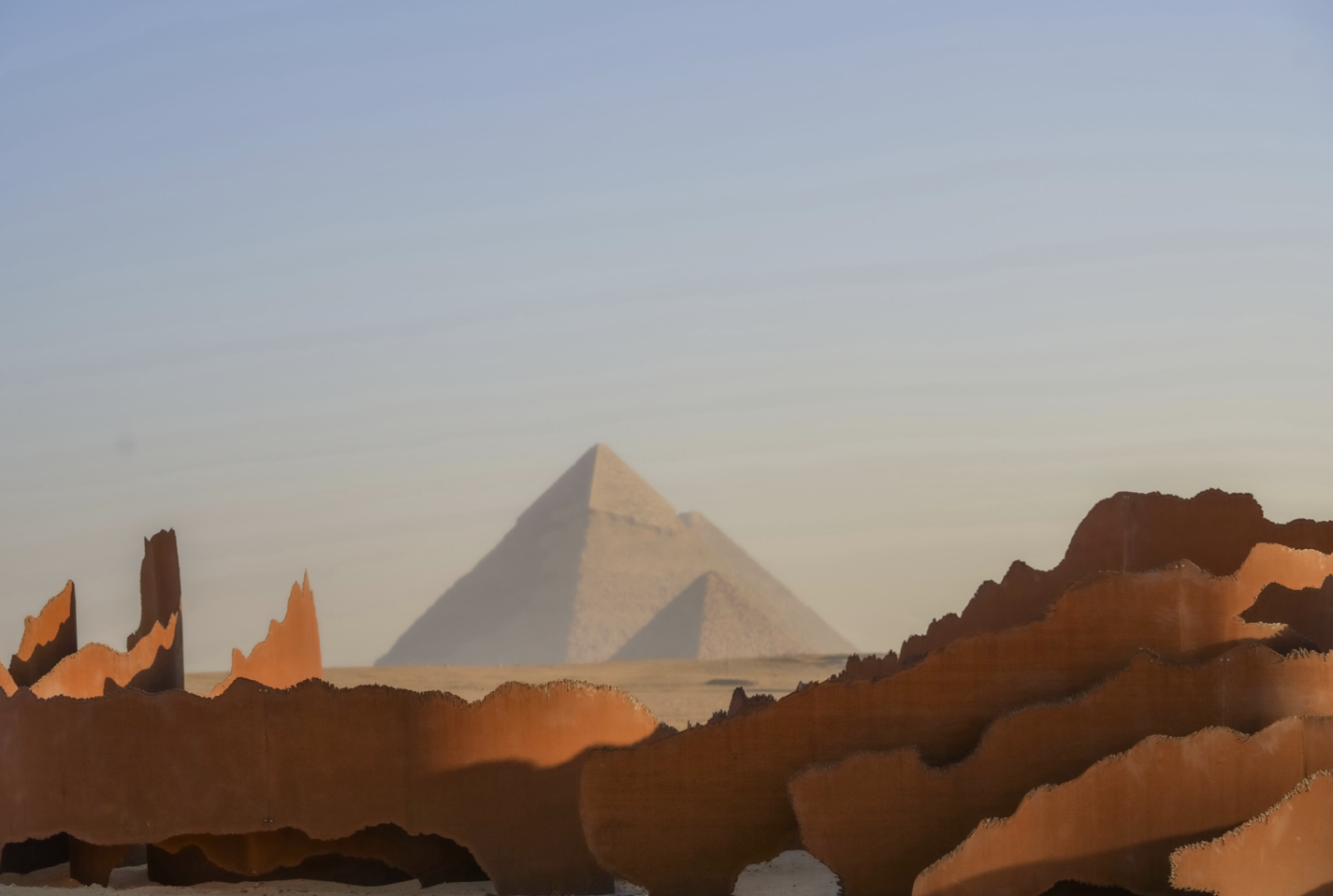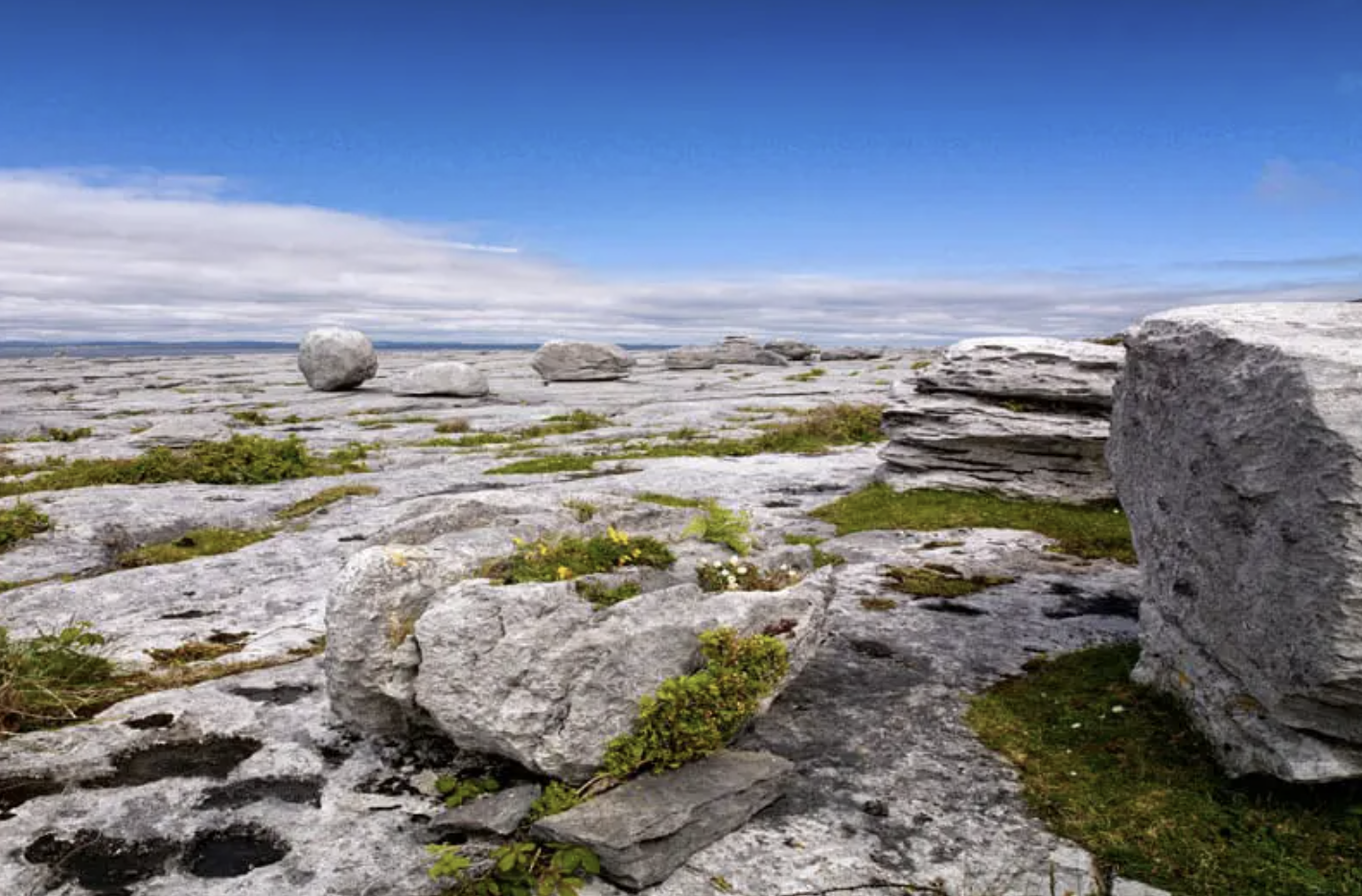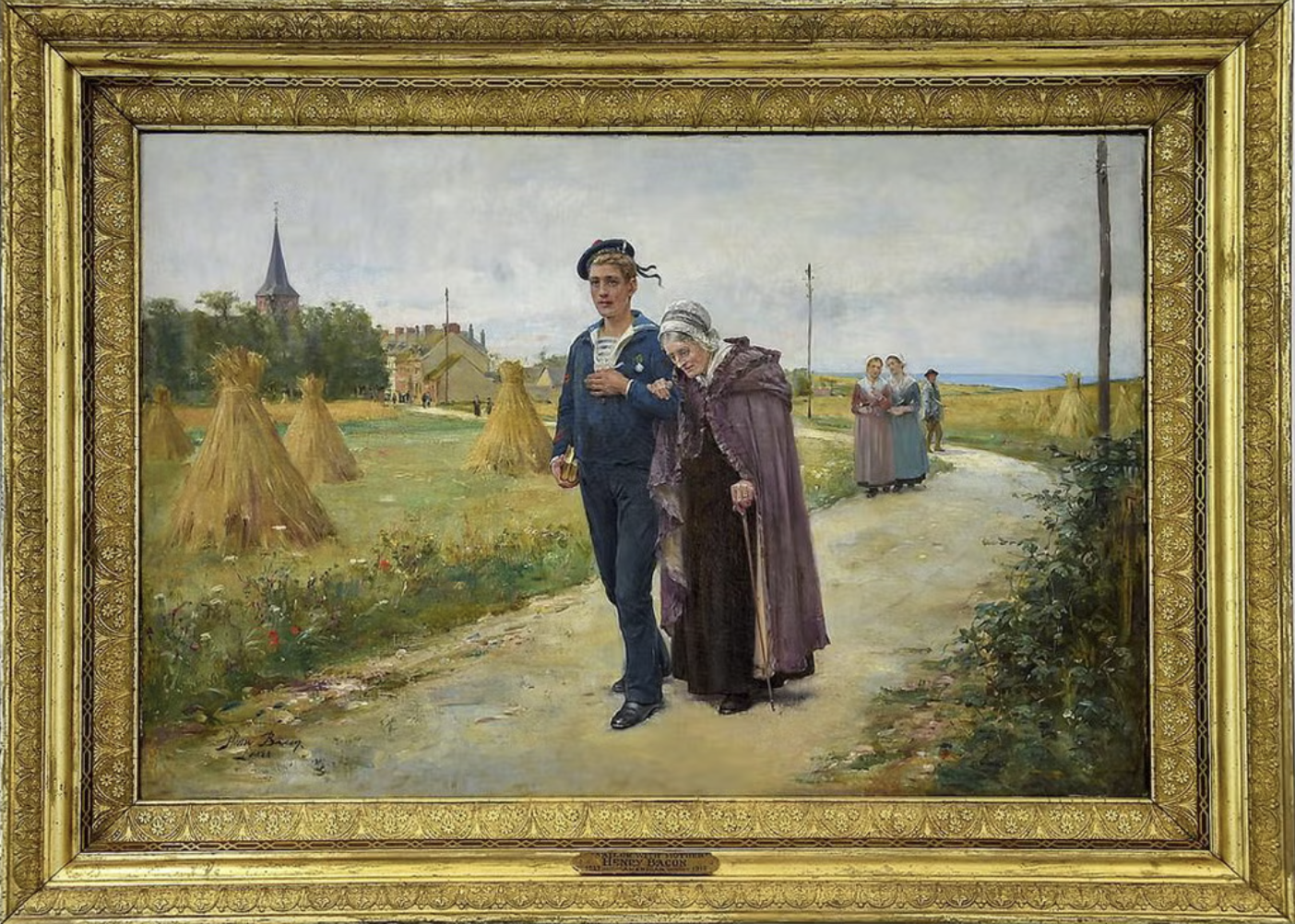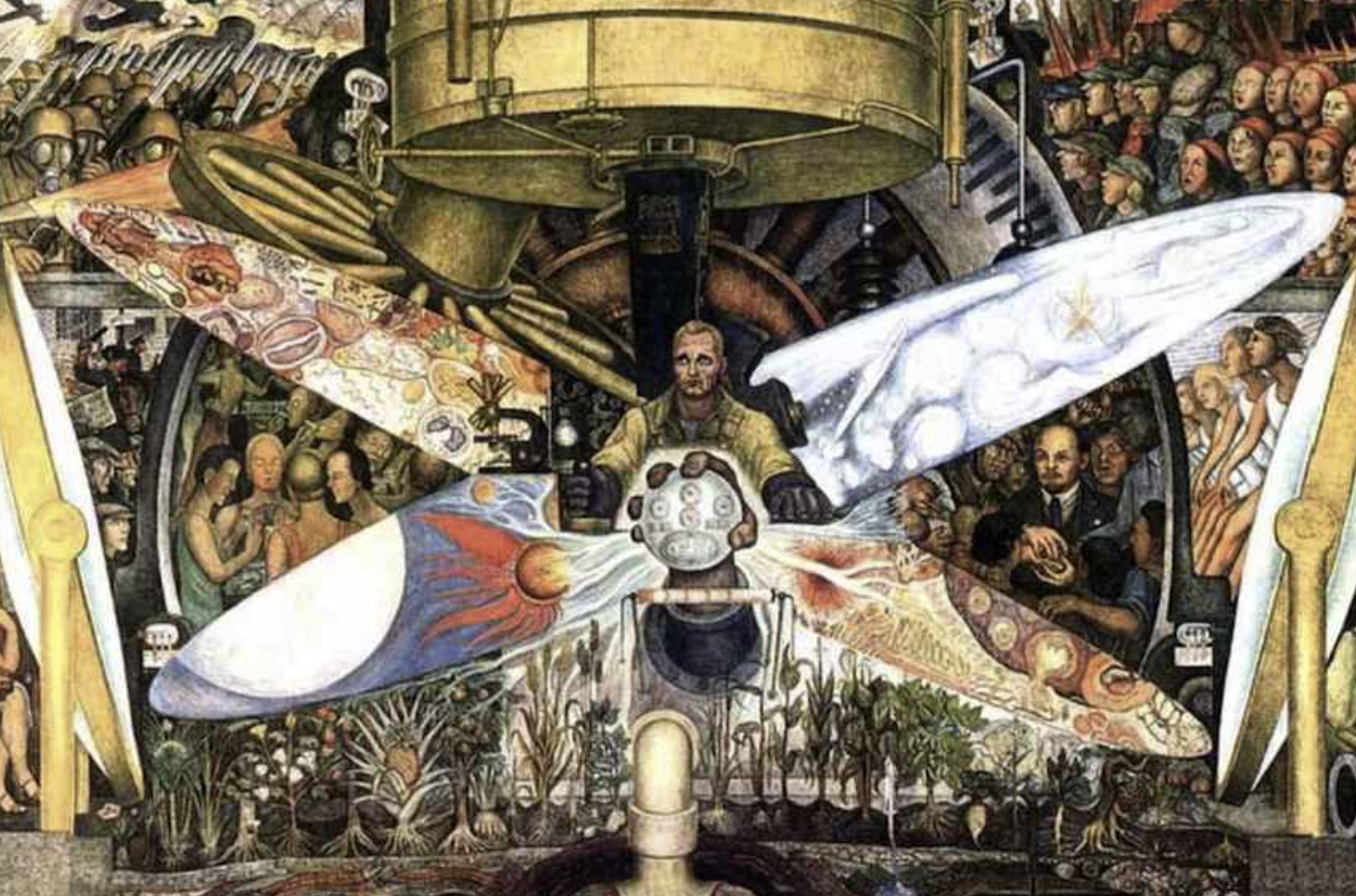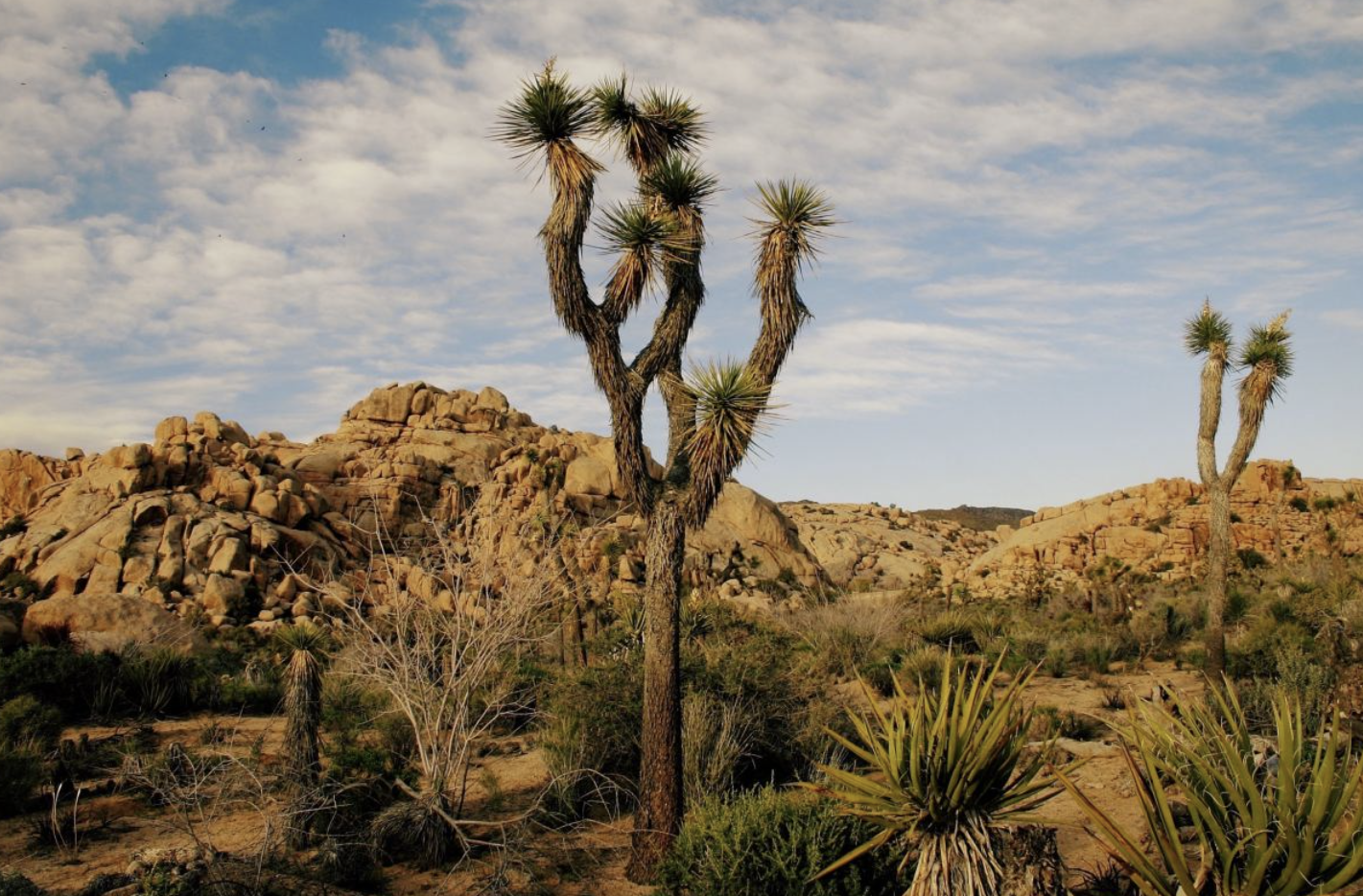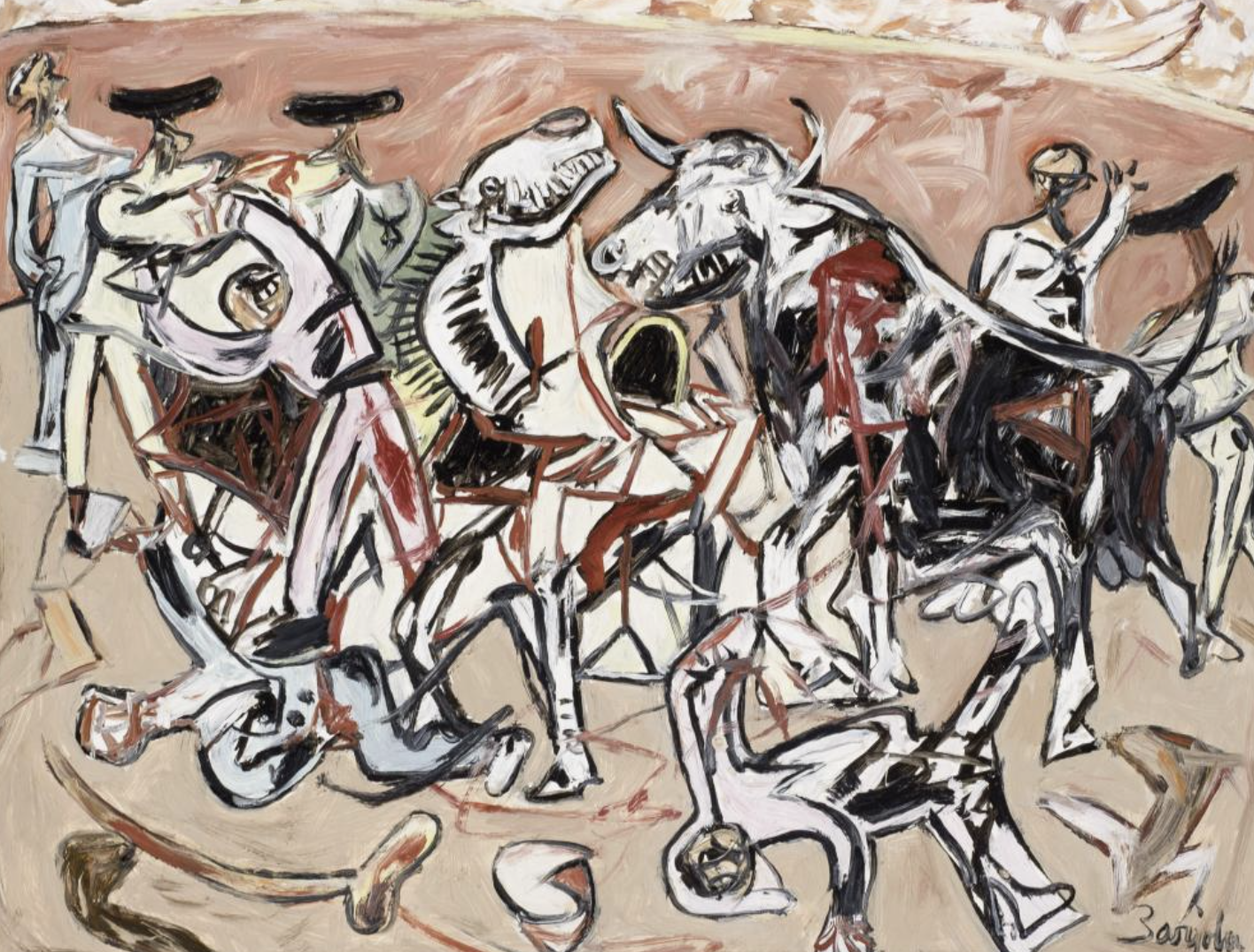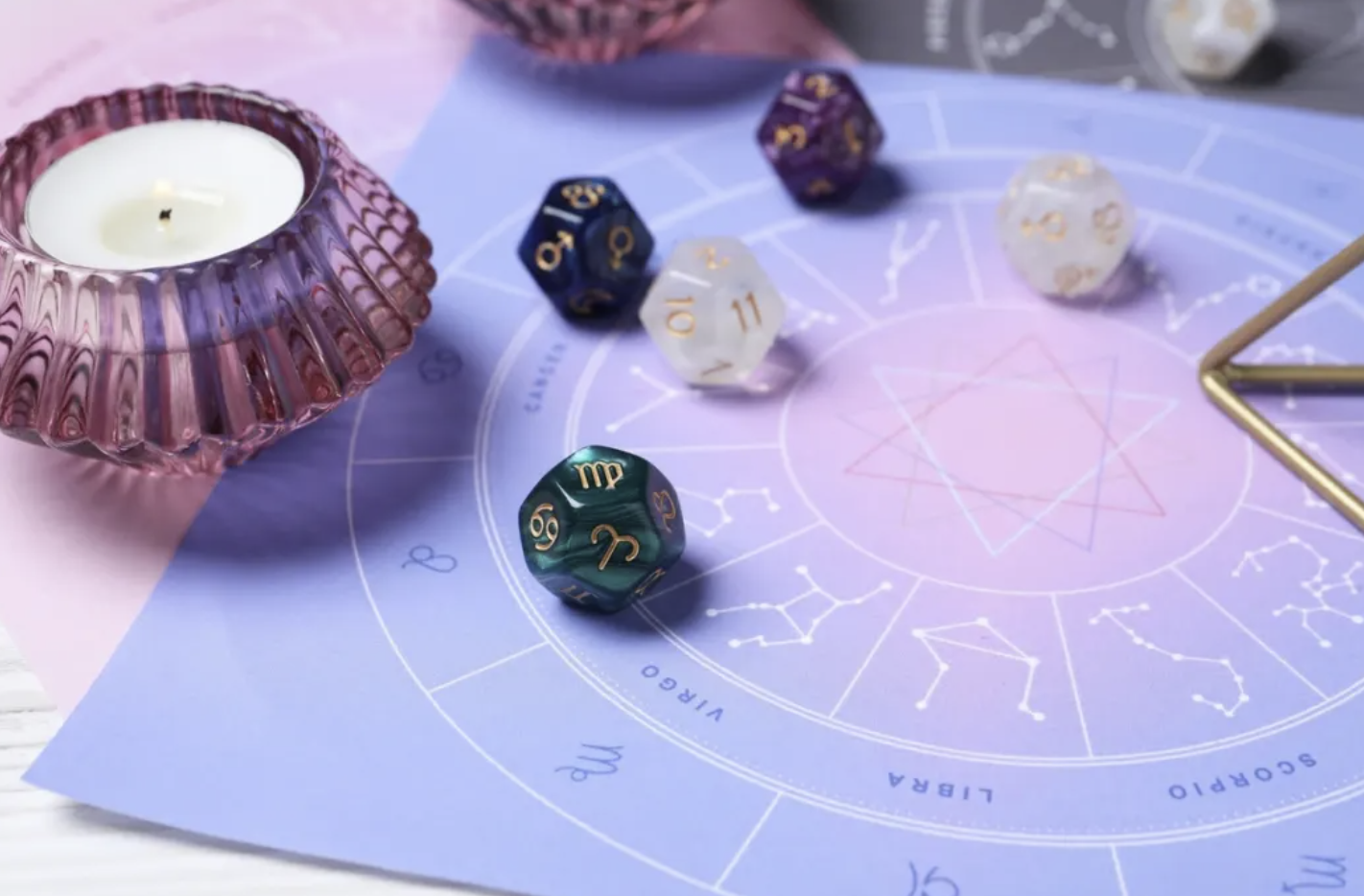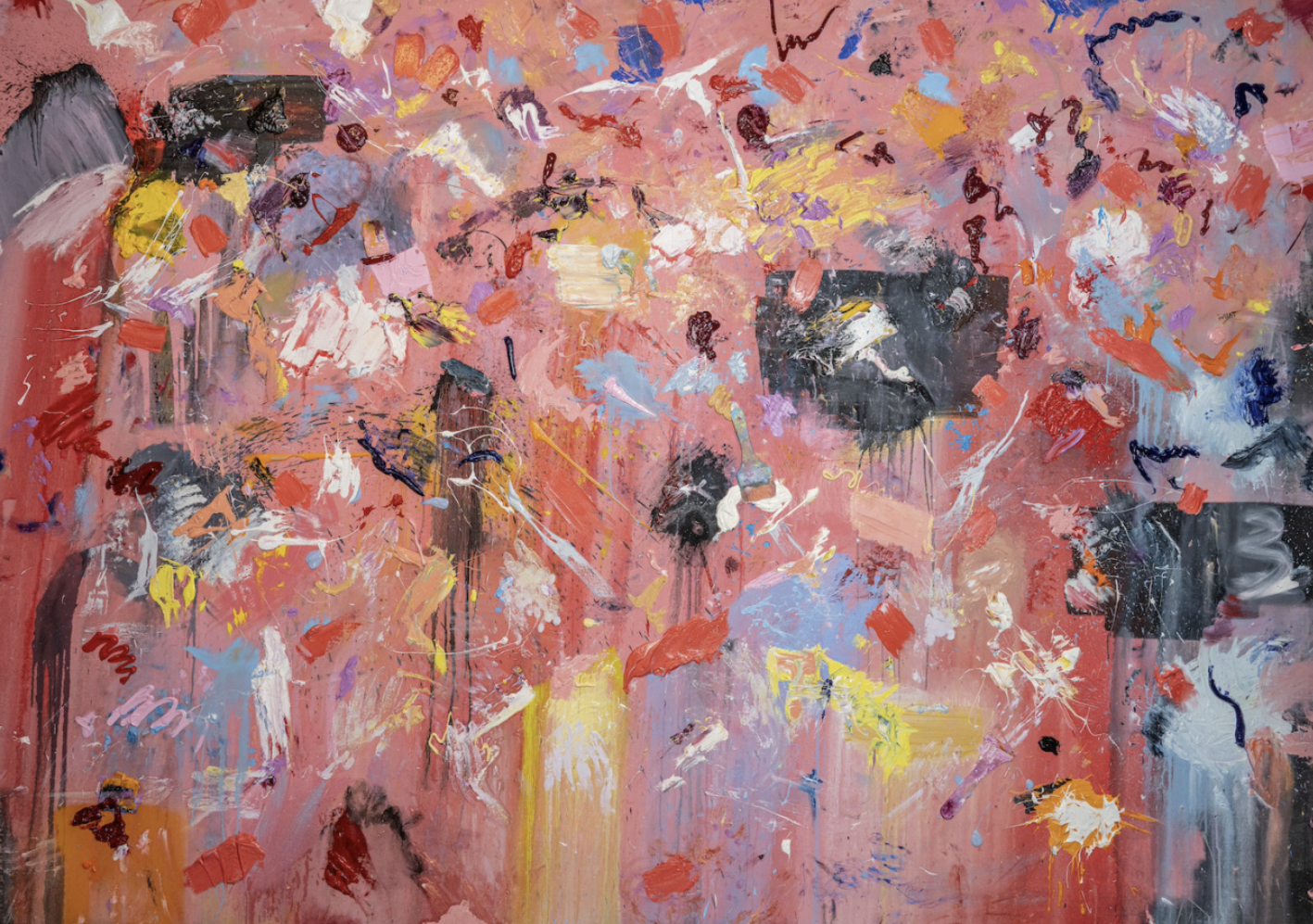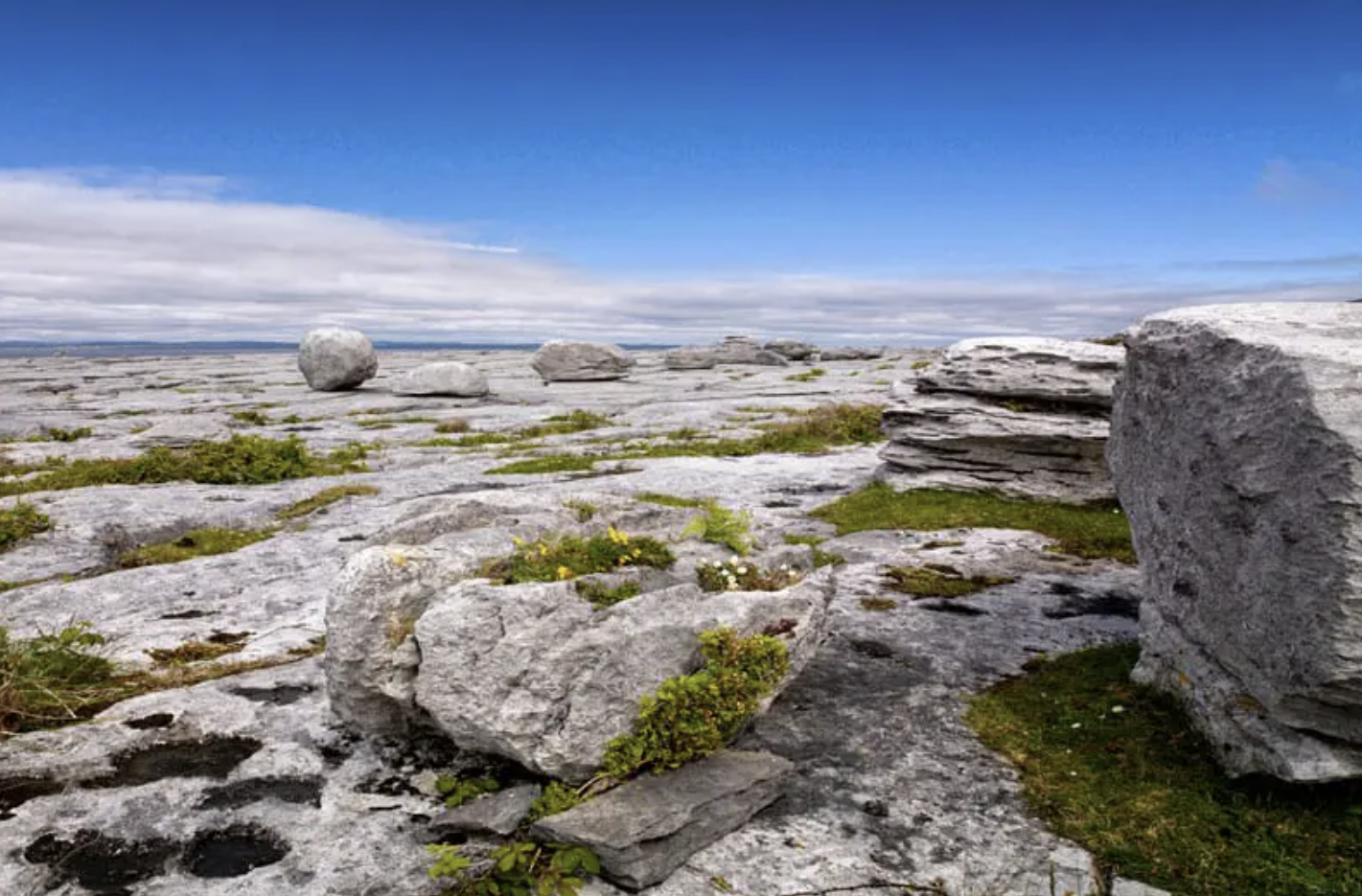
The allure of the High Arctic has captivated me for years, particularly since I first encountered Barry Lopez’s Arctic Dreams two decades ago. The vast, remote landscapes and the mysteries of the far north had long intrigued me, and when the opportunity arose to join the Arctic Circle expedition in 2022, I was thrilled. After a few pandemic-related delays, the time had finally come.
My journey began with a flight through Oslo and Tromsø, finally landing in Longyearbyen, a small town on the Norwegian archipelago of Svalbard. Once a coal-mining hub, Longyearbyen is now the northernmost settlement in the world, located on the island of Spitsbergen. After settling into a mining barracks-turned-hotel called the Coal Miners’ Cabin, I met up with a diverse group of artists and scientists at the Spitsbergen Art Center for a welcoming dinner. The following day, we boarded the Antigua, a refurbished three-mast barquentine, and set sail.
Our first stop was the glacier Esmarkbreen, located in Ymerbukta Bay. With its twisted, collapsed ice formations, the glacier was a stunning introduction to the region’s unique topography. The Burren-like landscape of Spitsbergen is defined by ice-cored elevations called pingos and glaciers that sculpt pointed mountains. As the ship anchored near Esmarkbreen, I took out my paints, eager to capture the surreal landscape. The cold was a challenge, but I managed to complete several watercolor sketches.
The next few days were filled with awe-inspiring sights. We sailed from Isfjorden into Forland Sound, encountering our first bearded seals and landing on a small island to explore the retreating glacier of Dahlbreen. The stark contrast between the bright ice and the surrounding landscape was striking, and I couldn’t help but notice the clear signs of climate change as the glacier’s terminus showed significant retreat.
As we continued northward, we navigated through the shallows of Prins Karls Forland and sailed into Scheibukta, where another glacier, Scheibreen, awaited us. After a zodiac excursion, I spent the afternoon sketching and photographing the glaciers, watching as they calved, sending large chunks of ice crashing into the water below.
The next day, we reached the striking Svitjodbreen glacier, where the bright aquamarine icebergs floated past, splitting into thousands of pieces with a sharp, crackling sound. The variety of ice textures and colors here was unlike anything I had seen before. I set up my camera and paints to capture the beauty of the moment, trying to preserve the essence of this wild and untamed place.
Our journey continued with a trek up Hamiltonbukta, a stunning bay at the opening of Raudfjorden. Hiking above the glacier Hamiltonbreen, I marveled at the intricate patterns of air holes in the ice below, created by seals. Later, we spotted a polar bear on the shore in the distance, the first sign of the elusive creatures we had been hoping to encounter.
As we ventured further north, the landscape grew more remote. In the midnight sun, I found solace in sketching on deck, the act of drawing connecting me more deeply with my surroundings. Each stroke helped me tune into the unique rhythm of the Arctic environment, and I felt increasingly attuned to the land.
One morning, we explored the Vesle Raudfjorden, a fjord that lives up to its name with its reddish cliffs. We ventured out on the ice floes, working on our projects until the ice began to shift beneath us. As the Antigua sailed further north, I marveled at the remains of Svalbard’s hunting past, with relics of old huts and scattered walrus skulls marking the land.
Our journey took us to Worsleyhamna, where we encountered more wildlife, including polar bear tracks and reindeer, as well as numerous birds such as ptarmigan and black-legged kittiwakes. The bay was still and serene, with steel-gray waters reflecting the surrounding landscape. We spent the evening at Villa Oxford, a small hut that seemed to hold the memory of past explorers.
Liefdefjorden, the “Fjord of Love,” was our next destination. The icy waters and towering snow-capped mountains created a dramatic and romantic setting, with glaciers like Monacobreen and Seligerbreen retreating before our eyes. Seals, walruses, and Arctic terns flitted about as we sailed through this pristine wilderness, with every new view offering a fresh palette of blues and grays.
In Hornbaekpollen, I witnessed an eerie sound echoing across the bay: the haunting sonar calls of bearded seals. The seals were playing nearby, their songs adding an otherworldly soundtrack to the already surreal landscape. Later, we spotted a female polar bear sleeping after feasting on bird’s eggs, another reminder of the wild nature of this land.
As we journeyed further east, we landed at Eolusneset on Sorgfjorden, the Bay of Sorrow, where I painted the mountains that had witnessed the passage of time and the remnants of past conflicts. The landscape seemed timeless, a place where the past and present merged into a single, poignant vision.
Our expedition continued with visits to sites of historical significance, including a Swedish-Russian expedition site and the old whaling graves of Sorgfjorden. In these quiet, isolated locations, I reflected on the passage of time and the impermanence of human existence, pondering what it means to be buried in such a desolate, stark place.
We sailed past the hollow island of Moffen and ventured into international waters, nearing the North Pole. I marveled at the vastness of the sea and ice, feeling both a sense of awe and a deep connection to this remote part of the world.
As we approached the glacier Drottenfjellet, I painted two studies under the brilliant Arctic sky. Later, we visited Blomstrandbreen, a glacier calving loudly, its ice cracking like thunder. Hiking up to the ridge, I sketched the ancient moraine that contained fragments of petrified forest—a testament to the island’s distant past.
Our voyage continued south along Prins Karls Forland, where we encountered a group of walruses lounging on Sarstangen, a thin spit of land. These hyper-social creatures were a sight to behold, their tusks glistening in the sun. It was a fitting moment of reflection before we sailed back through Isfjorden, sketching on deck as the ship carried us back toward civilization.
Back in Longyearbyen, we took a final hike on the Longyearbreen glacier, discovering fossils as we explored. On the summer solstice, I visited the Svalbard Global Seed Vault, which, despite its efforts to preserve agricultural diversity, is now struggling with the effects of climate change.
As the trip came to a close, we celebrated the end of our journey in a boathouse overlooking the fjord. Watching the Antigua sail away, I reflected on the profound experiences of the past weeks, and how they would resonate in my life back home, from the Hudson River to New York City.


